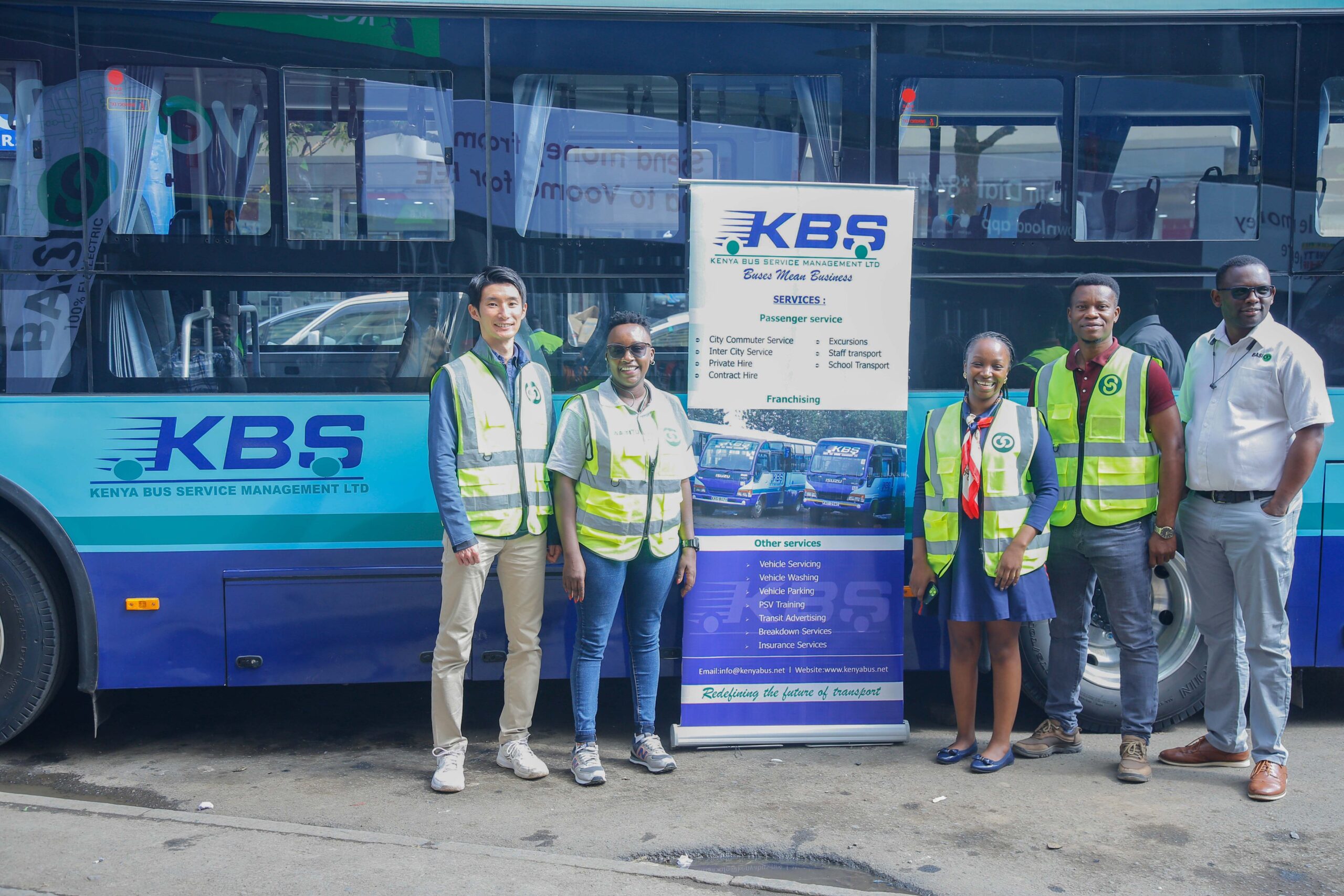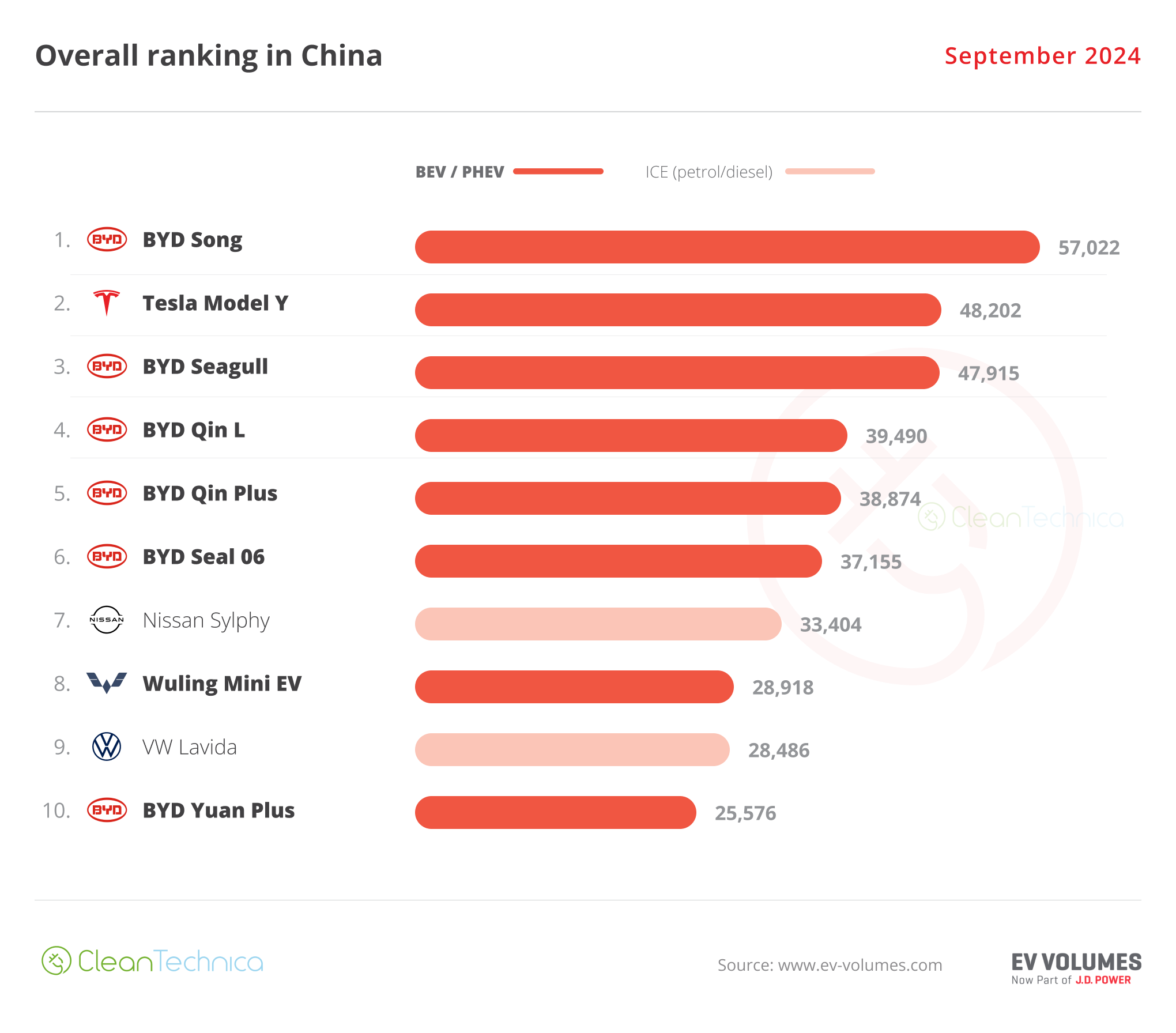Sign up for daily news updates from CleanTechnica on email. Or follow us on Google News!
In 2015, Alberta premier Rachel Notley of the New Democratic Party announced plans to completely phase out coal power by 2030 as part of its broader climate policies. Critics questioned whether it could be done. “The industry was up in arms that it wasn’t possible,” Blake Shaffer an assistant professor of economics in the School of Public Policy at the University of Calgary, told CBC News. “Even parts of the government were in disbelief. I think there was a general view that phasing out by 2030 would actually be very challenging, and yet here we are.”
As recently as 2021, the province still got most of its electricity from coal-fired thermal generation. Yet at 10:57 pm on Sunday, June 16, 2024, Genessee 2 — the last dedicated coal plant in Alberta — went offline. According to the latest forecast from the Alberta Electric System Operator (AESO), it’s not expected to come back online. “Given this was around the time they previously stated it would be fully converted to gas, I suspect that’s it. The end of coal power in Alberta,” said Shaffer.
The phaseout ended up proceeding well ahead of schedule, in large part due to natural gas taking over much of the generation. Electricity generated from natural gas puts out roughly half the amount of greenhouse gas emissions as compared with coal. In a press release on June 18, Capital Power, the owner/operator of Genessee 2, said it was “immensely proud” to confirm all units at its Genesse facility were now “100 per cent (methane) fueled.”
The company estimates the change will reduce its greenhouse gas emissions by 3.4 million tons per year. Alberta’s greenhouse gas emissions from electricity generation have been falling precipitously since the coal phaseout began, coupled with rapid growth in wind and solar power. The province’s electricity sector accounted for about 41 million tons of emissions in 2015. That was down to roughly 19 million tonnes in 2022, the latest year for which there is a complete inventory. “In addition, overall water usage for the repowered units will be reduced with the new technology by at least half,” Capital Power notes on its website.
“This achievement marks a significant moment in history for this legacy, baseload facility that has delivered reliable and affordable power to Alberta for more than 30 years,” senior vice-president Jason Comandante said. “Our investment in this facility will result in the most efficient natural gas combined cycle plant in Canada — a feat that significantly reduces emissions while delivering more megawatts of reliable, affordable and clean capacity for our province.” Capital Power expects the facility’s maximum generating capacity will be boosted by 512 megawatts once additional efficiency upgrades are completed later this year.
Scott MacDougall, director of the electricity program at the Pembina Institute, a green energy think-tank, said Alberta’s experience with phasing out coal offers “a good reminder of the importance of good policy design with target dates. Establishing a coal phaseout timeline provided certainty for industry and stakeholders and allowed for efficient investment decisions aligned with phasing out coal. It also offers a case study for the remaining coal jurisdictions around the world.”
From Coal To Gas To Wind
It is good news that Alberta is now coal-free. What is not so good news is that the province has recently instituted new policies that put significant restrictions on renewable energy development, particularly wind. In August of 2023, the Alberta Government announced that it was pausing all new approvals of renewable energy projects for six months pending a review by the Alberta Utilities Commission of various matters related to renewable energy development.
When the pause expired on February 27, 2024, the Alberta Government has formally announced that new renewable proposals need to adhere to the following principles:
- Agriculture-first approach. Renewable energy developments will no longer be permitted on Class 1 or Class 2 agricultural lands unless the project proponent can demonstrate the ability of crops and livestock to co-exist with renewable generation.
- With regard to Class 1 and Class 2 agriculture lands, the Ministry of Agriculture and Irrigation classifies land according to the Land Suitability Rating System. Class 1 indicates “none to slight” limitation for the production of crops, and Class 2 indicates “slight” limitation for the production of crops. There is no Class 1 land in Alberta.
- Buffer zone. A 35 km buffer zone will be established around protected areas, as well as around other ”pristine viewscapes” to be designated by the province. New wind projects will not be permitted within buffer zones, and other renewable energy developments within buffer zones could trigger the need for a visual impact assessment. In connection with the protection of pristine viewscapes, the AUC will conduct proceedings to consider setbacks from residences or other infrastructure.
- Reclamation security. The Alberta Government will develop policies, applicable to all new approvals issued after March 1, 2024, to ensure that developers post security for reclamation costs. The security may be provided to the Alberta Government, or may be negotiated with the landowner (with evidence provided to the AUC).
- Crown lands. The development of renewable energy projects on Crown lands will be evaluated on a case by case basis. Legislation is anticipated to come into effect in late 2025.
- Transmission regulations. Changes to Alberta’s Transmission Regulation are expected in the coming months. Renewable projects should expect changes in how transmission costs are allocated and it is expected that a significant portion of the cost of transmission will be shifted to renewable generators from load customers.
When the new rules were announced, Rick Smith, president of the Canadian Climate Institute, issued the following statement:
“Today the Alberta government announced sweeping rules and restrictions on future renewable energy development that will throttle a booming industry, increase electricity rates, and drive away investment — both from renewable energy developers and from companies looking to set up shop in provinces with abundant, low-cost, clean electricity.
“While due diligence is always necessary in regulating energy development, the restrictions announced today are not proportionate to the risks and are at odds with regulations currently applied to other industries in Alberta.
“The 35-kilometer ‘buffer zone’ appears to put a significant constraint on where new renewable energy projects can be located. This new rule will exclude new wind power development in many of the best locations around the province—including areas where wind projects already exist. Further, outlawing renewable energy development on potential agricultural land impedes the rights of rural landowners and municipalities seeking new economic opportunities. Evidence indicates renewable energy and agricultural activities can coexist and help farmers diversify their income.
“Today’s announcement also puts Alberta’s commitment to net zero emissions by 2050 in question. By severely limiting its options to develop new renewable power, Alberta has chosen a much more difficult and costly path to reducing emissions from its electricity sector.
“Renewable energy is the cheapest form of power available today, and is expected to continue to grow at a breakneck pace worldwide. By adding significant new red tape and creating unprecedented levels of investor uncertainty to new renewable energy development, Alberta is passing up the opportunity to cut electricity rates and support rural economic development, while tilting the scales in favor of more costly, volatile, and polluting fossil fuel power. This decision will cost Albertans in terms of lost jobs, forfeited investment, and higher electricity rates for decades to come.”
The Takeaway
Saying goodbye to coal is always positive news, but with all due respect to the solons in Alberta, putting a crimp in the development of renewable energy because some people don’t want to see a wind turbine or transmission lines from their back porch while average temperatures on Earth have now exceeded 1.5º C for an entire year is simplistic and, quite frankly, more than a little shortsighted. Alberta is known for agriculture, but the increase in global temperatures are an existential threat to the farming community, where the sight of wilted crops will be far more distressing than the sight wind turbines.
We really need to pull our heads out of the sand and notice what is happening all around us. We are in a full-fledged climate emergency, and the way Alberta is dealing with it is like banning firetrucks from responding to a house fire because somebody finds all those flashing lights disturbing. If Alberta truly wanted to make a difference, it would close down the tar sands operations within its borders, which produce the dirtiest, most polluting oil on Earth. So while moving away from coal is to be applauded, that is really no more than about 2% of what the province should be doing to address the climate emergency that threatens everyone, everywhere, all the time.
Have a tip for CleanTechnica? Want to advertise? Want to suggest a guest for our CleanTech Talk podcast? Contact us here.
Latest CleanTechnica.TV Videos
CleanTechnica uses affiliate links. See our policy here.
CleanTechnica’s Comment Policy





